Why manufacturers stop using software after successful implementation?
Navigating New Tech: The challenge of software adoption in manufacturing

The manufacturing sector is amidst a digital transformation, characterized by the integration of cutting-edge software systems aimed at boosting efficiency and productivity. While the potential benefits are vast, the journey from software selection to realizing significant value from implementation is often riddled with unforeseen challenges. Drawing from the implementation experience in many manufacturing factories and plants, here are our insights on why many users stop using the software's even after a successful implementation sign-off.
The Allure and Challenges of New Software
Manufacturing companies are continually attracted to new software solutions that promise increased efficiency, cost reduction, and improved product quality. However, the reality often falls short of expectations. This is the trigger for users to minimalistically use the software implemented and given a chance often stop using it. Key issues include frustrating data maintenance that users end up with due to partial integrations, steep learning curves of employees, connecting software output to business outcomes, creating management dependency on the software outputs and the mindset to still implement software using waterfall methodologies. .
Case Study: A large Flexible Packaging Manufacturer's Software Woes
One of the large Packaging Manufacturer's recent attempt to create a paperless factory serves as a cautionary tale. Initially, the software was scoped to streamline operations, but the company soon encountered significant hurdles. Employees part of the manufacturer's team struggled with digital maturity to provide good use cases and test cases leading to continuous changes in requirements. Manufacturing IT depended heavily on operations teams availability in order to execute integration and reporting leading to further delays. All these resulted in management changing their outcome from moving to a newer business model to mere adoption of a point solutions for digitalization leaving the implementation to managers and users with little to no oversight from management due to other priorities. This manufacturer would atleast need to go through multiple implementation cycles before they can truly ensure business model transformation.

The Human Factor: Addressing Resistance and Training Needs
The successful implementation of new technology in manufacturing isn't just about the software; it's about the people using it. Resistance to change is a common human response, and inadequate training can exacerbate this issue. Effective communication, comprehensive training programs, and a culture that values adaptability and continuous learning are essential for overcoming these barriers.
Image: World Economic Forum
Research shows companies go through three prototypical stages when transforming into new business models at scale.
Manufacturers looking into new business models at scale are accelerating their Industry 4.0 and smart manufacturing adoption and leveraging the expertise of technology partners to improve software adoption.
Navigating the Future of Manufacturing Software with the Right Technology Partner
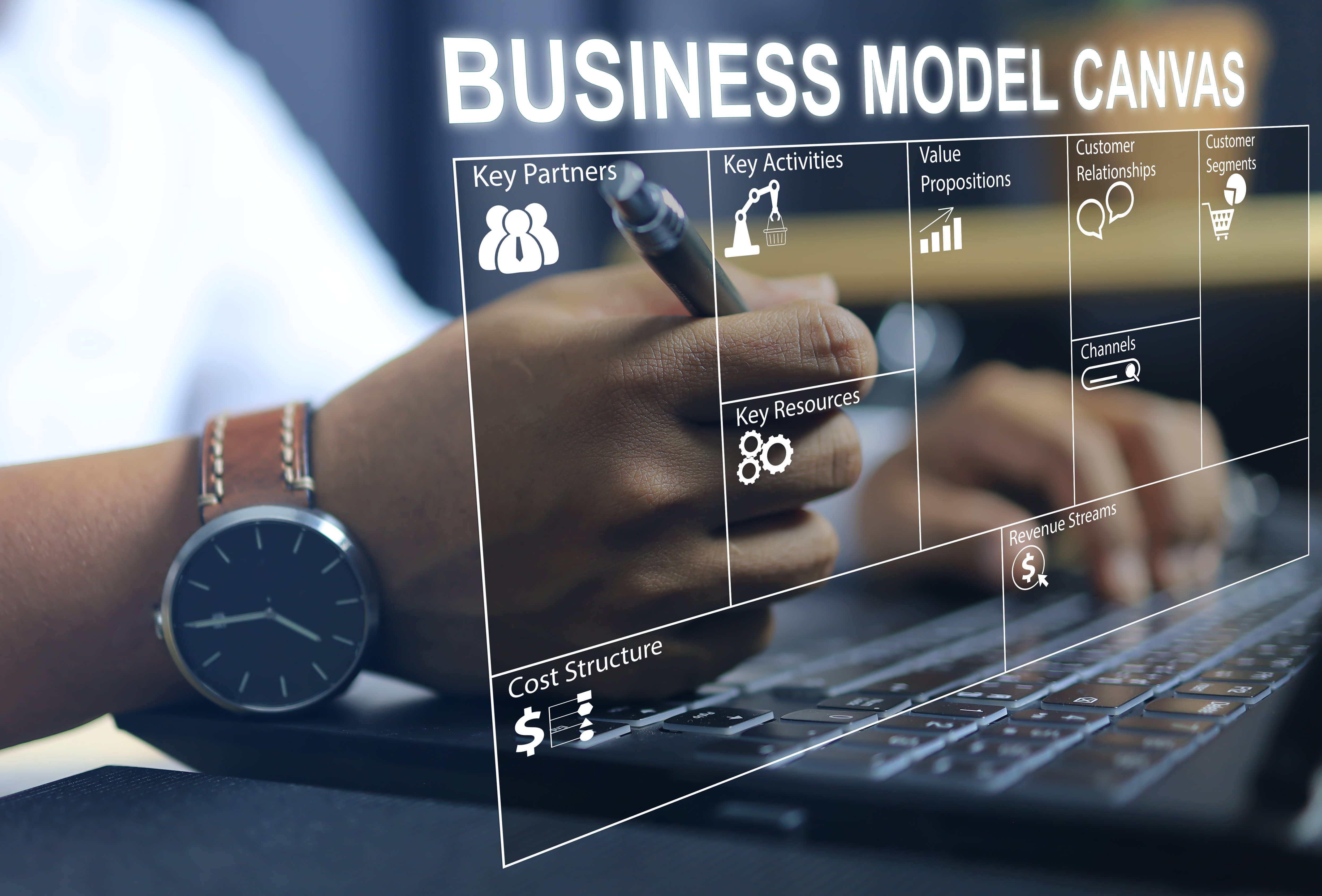
In the ever-evolving landscape of manufacturing, the successful adoption of software extends beyond mere installation & training. It's about finding a partner who understands the nuances of your industry and is committed to your long-term success. Here's what to look for in a new-age technology partner:
Beyond Traditional Reselling: A Comprehensive Approach
The ideal partner is more than just a software reseller or distributor. They should be a guide through the complexities of advanced platforms, ensuring not just installation but effective integration and utilization within your manufacturing processes. Look for a partner who collaborates with industry leaders and brings a deep understanding of both the software and your unique operational needs. Below is a link to a blog that deep dives into the many acronyms of the channel partner ecosystem
Innovative Solutions Tailored to Manufacturing Needs
A forward-thinking partner doesn’t just offer off-the-shelf products; they develop tailored solutions. These solutions should be designed to streamline your adoption process and integrate seamlessly with existing systems, addressing the specific challenges of your manufacturing environment.
Solving Real Challenges in the Manufacturing Space The right partner recognizes and addresses the core issues you face:
- Effective Data Management: They should offer solutions that solve the frustrations of data maintenance, ensuring full system integration for smooth operations.
- User-Friendly Adoption: They understand the importance of ease of use, helping reduce the learning curve for your team.
- Business-Aligned Software Output: Their solutions should not just generate data but provide actionable insights that drive your business goals.
Get on a discovery call to learn from our team's experience on how we are mitigating these real world challenges by putting together tailored XaaS offerings for our customers.
Adopting Agile Implementation Methodologies
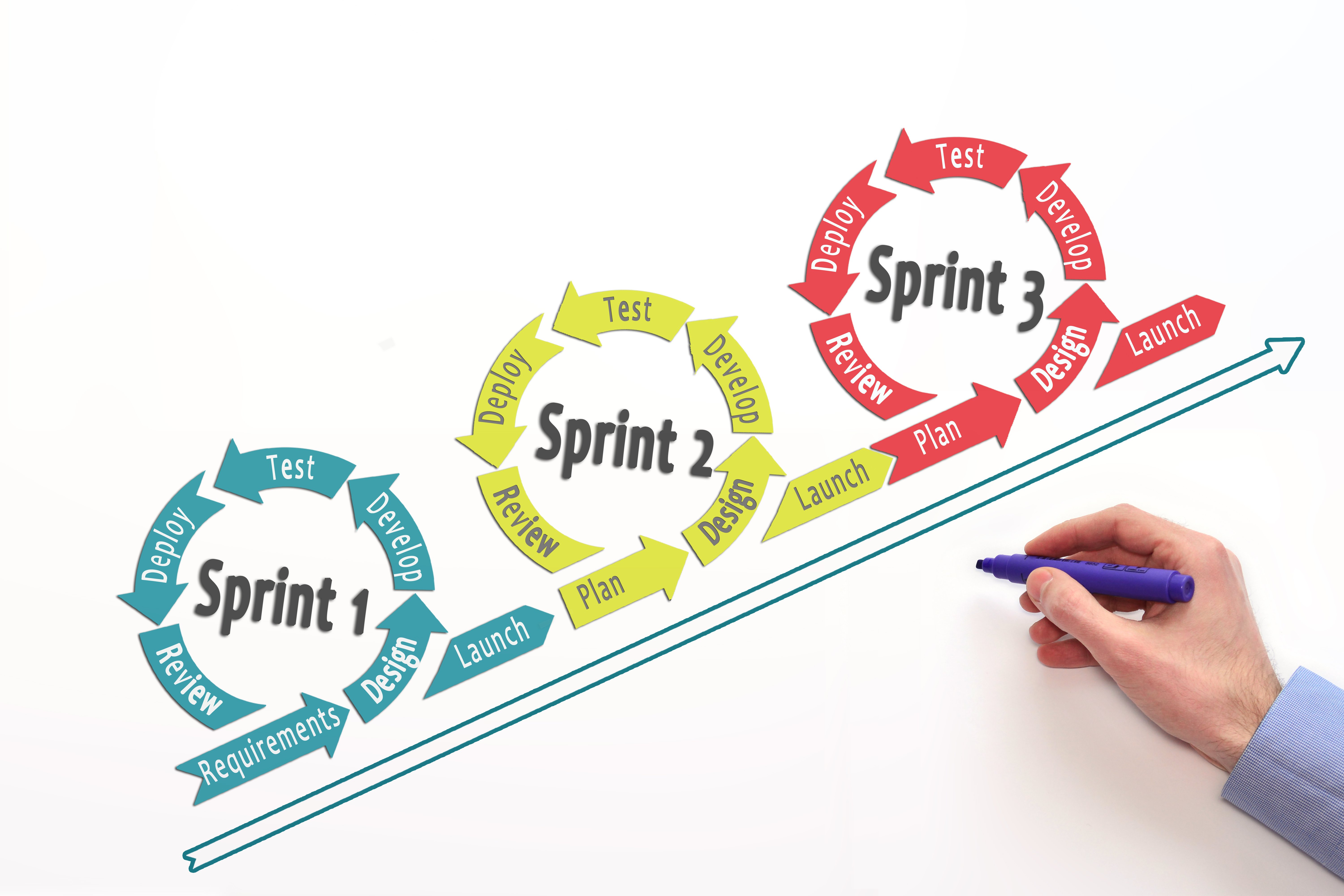
Your technology partner should embrace agile methodologies, moving away from traditional, rigid implementation processes. This approach allows for more flexibility and responsiveness to your specific manufacturing needs compared to the traditional waterfall methodology or the out-of-box implementation methodology.
Prioritizing Customer Success
A true partner places a strong emphasis on customer success. They should offer comprehensive onboarding and support, tailored to anticipate and meet your needs. This proactive approach ensures not just the resolution of current challenges but also prepares you for future success.
In your quest for digital transformation, choosing the right technology partner is crucial. They should not just provide solutions but also walk alongside you, adapting and evolving as your manufacturing operations grow and change. The right partner will redefine the way you adopt and utilize manufacturing software, paving the way for a more efficient and successful future.
Strategic Steps before Initiating a software implementation
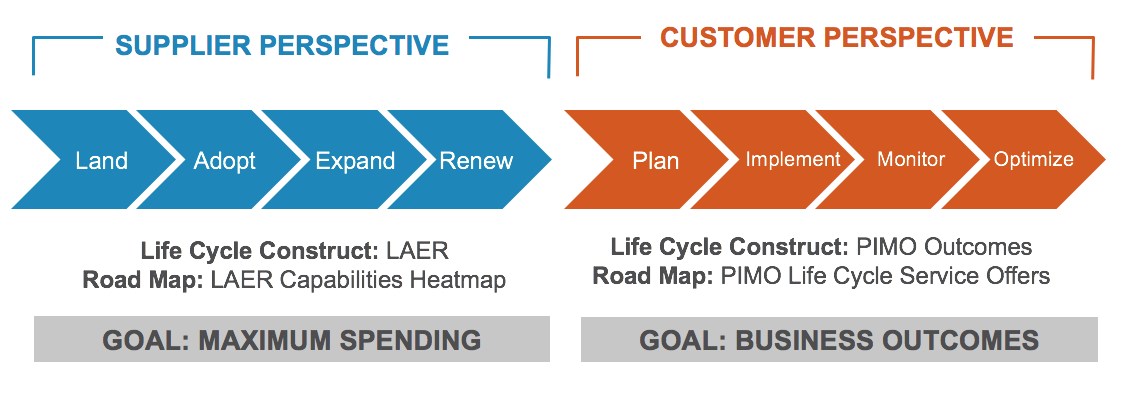
For manufacturers embarking on software implementation, a strategic approach is vital. This includes conducting thorough needs assessments, involving stakeholders in decision-making, setting clear success metrics, and adopting phased implementation. Regular evaluations and a willingness to adapt are also key to navigating the complexities of digital transformation.
-
Understand the Customer Journey: Begin by mapping out the entire journey your team will take with the new software, from initial setup to daily use. This understanding is crucial for tailoring the implementation process to your specific operational needs.
-
Prioritize Key Touchpoints: Identify the critical touchpoints in the software that will have the greatest impact on your operations. Focus on optimizing these areas to ensure a smooth transition and effective usage. If the users are not sure about their requirements, avoid pilot purgatory's and get the users hands-on on technology to define these touch points.
-
Incorporate a Balanced Perspective: Balance your approach by considering both the technical aspects of the software and the practical needs of your users. Understand how your team will interact with the software on a daily basis and what they need from it to be successful.
-
Develop a User-Centric Approach: Tailor the implementation process to be user-friendly. This could involve customized training sessions, easy-to-understand manuals, or responsive support systems.
-
Iterative Feedback and Improvement: Most users in manufacturing insist on waterfall implementation which means that unless everything is developed, they will not test or implement the software. Instead educate management and users on agile implementation methodologies. Implement an ongoing feedback mechanism where users can quickly become hands-on and feel comfortable changing use cases or test cases. Make iterative changes to both the software and the implementation process.
-
Monitor and Measure Success: Set clear business outcomes and metrics to evaluate the success of the software implementation. These should include both technical performance indicators and user satisfaction levels.
-
Long-Term Engagement Strategy: Develop a strategy for long-term engagement with the software. This includes regular updates, continuous training for new features, and forums for users to share best practices.
Looking Ahead: Emerging Trends and Future Predictions
As we look to the future, emerging trends such as software enabled automation, cyber physical systems, immersive engineering, data integration and artifical intelligence are set to further revolutionize the manufacturing sector. Staying abreast of these developments and understanding their potential impact is crucial for manufacturers aiming to maintain a competitive edge. Read what 3 manufacturing CEO's have to say about the future of manufacturing.
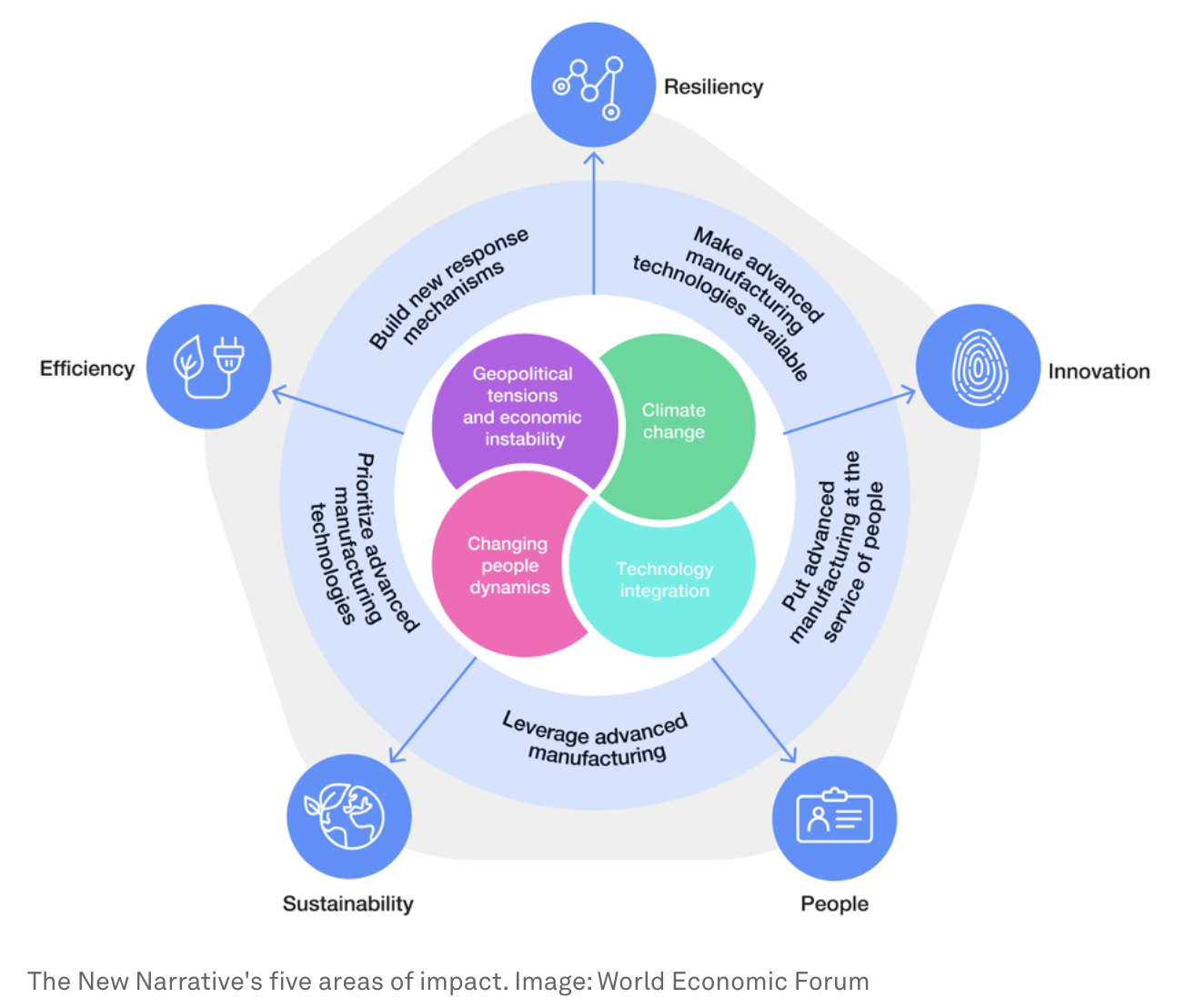
Embracing Technological Change
The journey of integrating new software in manufacturing is complex, but with careful planning, strategic partnerships, and a focus on the human element, it can lead to significant rewards. As the industry continues to evolve, embracing these technological changes with a well-thought-out approach will be key to unlocking new levels of efficiency and innovation.
Share this
You May Also Like
These Related Stories

Best Practices for Manufacturing Systems Integration
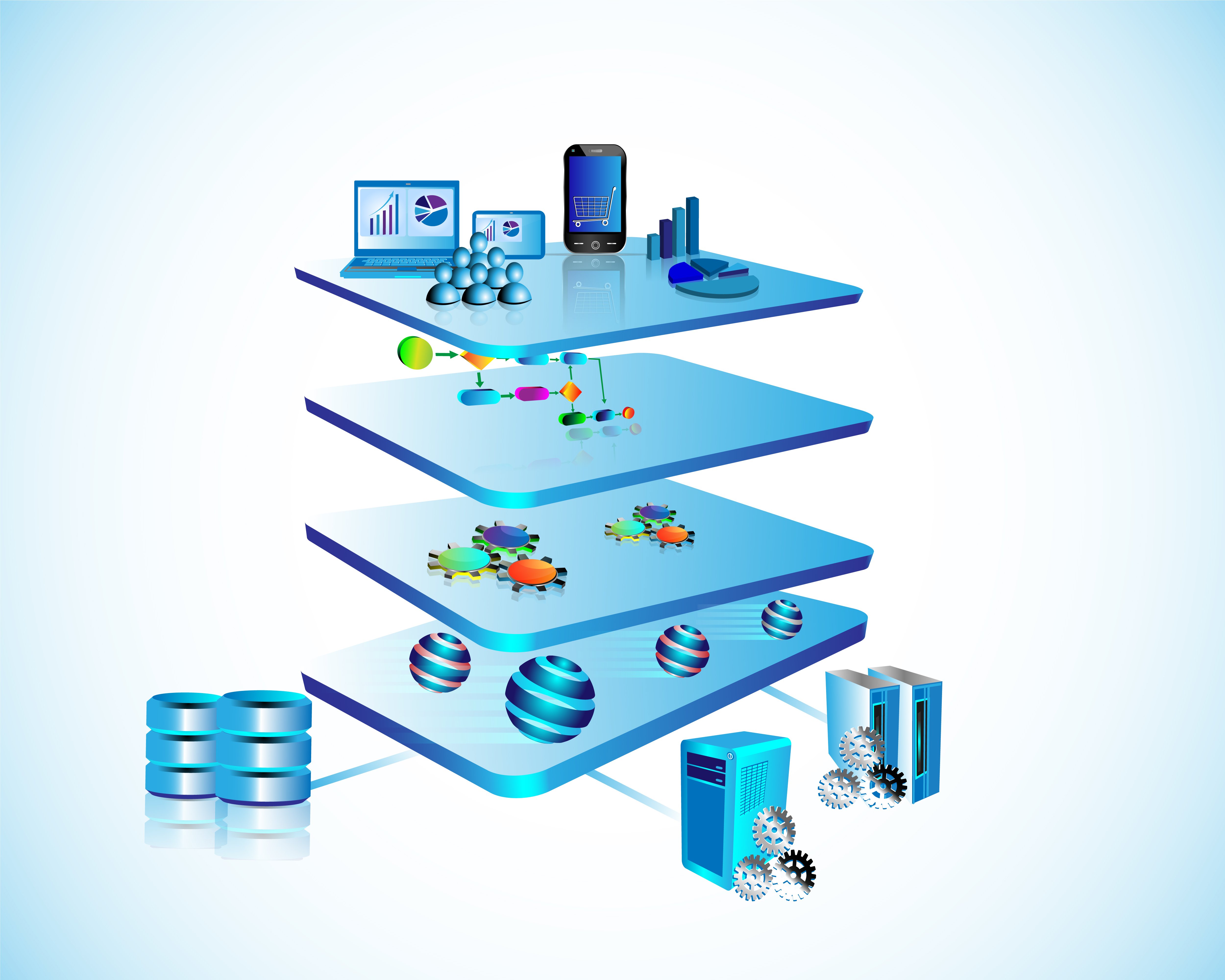
Data Virtualization for Manufacturing Efficiency


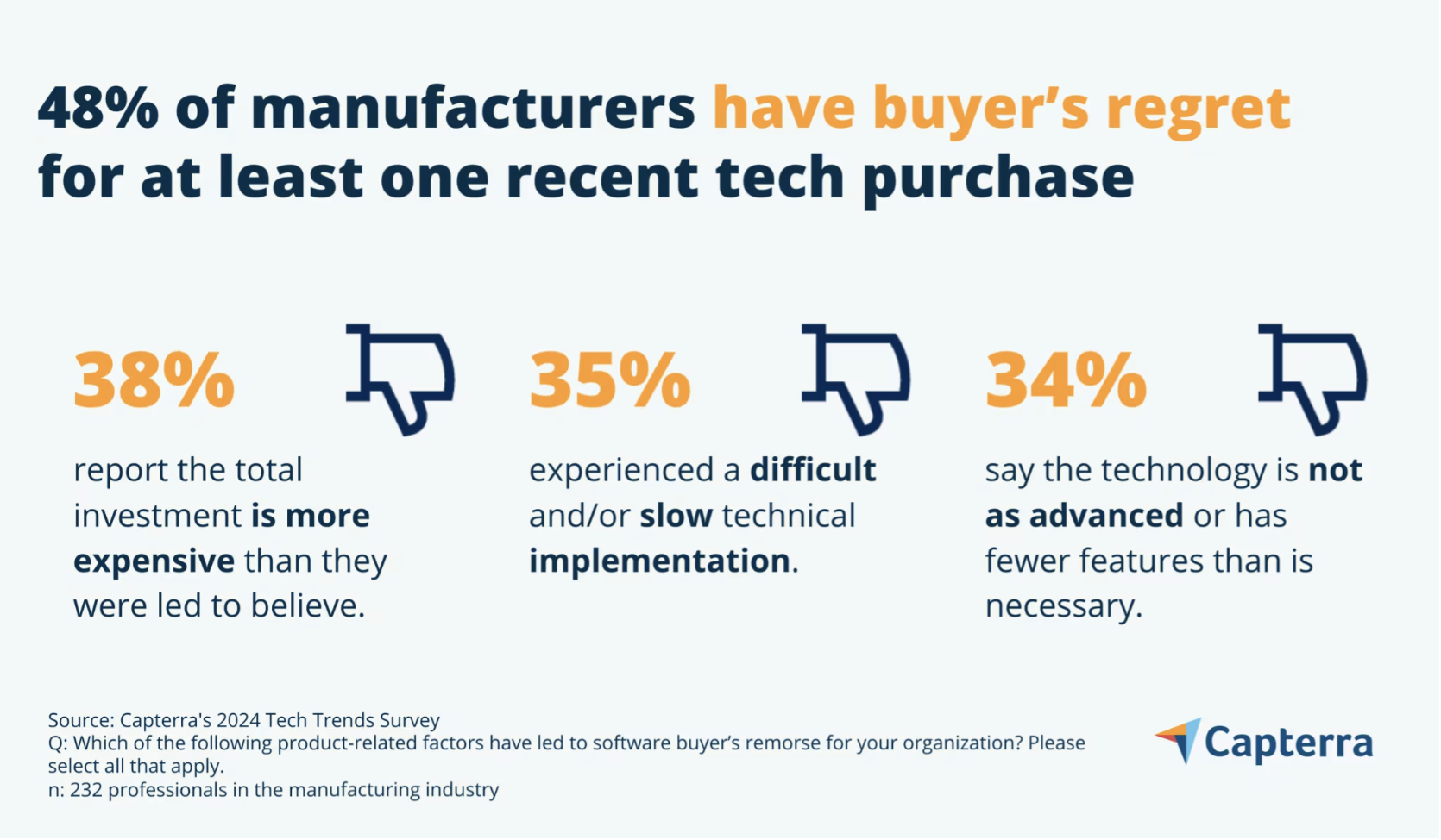
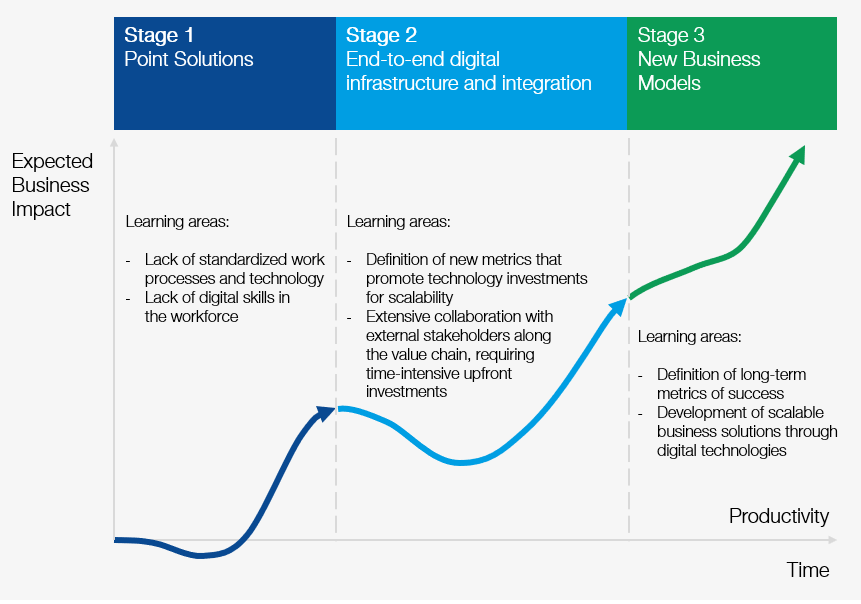
No Comments Yet
Let us know what you think